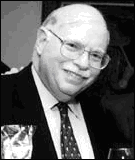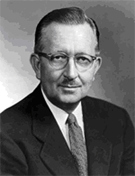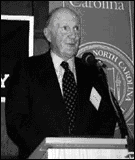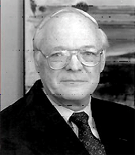 |
| Michael Steinhardt |
| Born: | |
| Affiliations: |
|
| Most Famous For: | Steinhardt Partners achieved a performance track record that still stands out on Wall Street: 24% compound average annual returns – more than double the S&P 500 – over a 28-year period. What\'s more amazing is that Steinhardt accomplished this record with stocks, bonds, long and short options, currencies and time horizons ranging from 30 minutes to 30 days. There were few investment instruments over which Michael Steinhardt did not wield some mastery. |
Personal Profile
As a teenager, Michael Steinhardt was reading stock charts and hanging around brokerage offices. He finished high school at age 16 and flew through the Wharton School of Finance in three years, graduating in 1960.
He began his career on Wall Street in research and analyst positions with mutual fund company Calvin Bullock and the brokerage firm of Loab Rhoades & Co. In 1967, Steinhardt, along with two other rising stars in the investment field, Howard Berkowitz and Jerrold Fine, formed a hedge fund company based in New York , which they named Steinhardt, Fine, Berkowitz & Co. Under Steinhardt's direction, the firm was consistently successful in identifying macro market moves and then fitting its securities trading strategies into these situations. In 1979, Berkowitz and Fine left the partnership, which was then renamed as Steinhardt Partners.
Steinhardt's spectacular career ended in 1995 when he decided to close the business with his fortune and reputation intact after his fund gained 21% in its last year. This was a year removed from the tough loss that he suffered in 1994, when interest rates moved against him, which produced a 30% loss for his fund.
He then turned to philanthropic activities and served as a board member for institutions such as New York University , University of Pennsylvania and Brandeis University
Investment Style
Steinhardt had a long-term investor's perspective but, for the most part, invested as a short-term strategic trader. He bet on directional moves using an eclectic mix of securities and was backed up by a team of traders and analysts. As mentioned above, he emphasized macro asset allocation type moves from which he harvested his gains. Charles Kirk, publisher of The Kirk Report, gleaned these "rules of investing" from a Steinhardt speech back in June, 2004, which show that even a high-flying hedge fund investor needs to be grounded:
- Make all your mistakes early in life. The more tough lessons early on, the fewererrors you make later.
- Always make your living doing something you enjoy.
- Be intellectually competitive. The key to research is to assimilate as much data aspossible in order to be to the first to sense a major change.
- Make good decisions even with incomplete information. You will never have all the information you need. What matters is what you do with the information you have.
- Always trust your intuition, which resembles a hidden supercomputer in the mind. It can help you do the right thing at the right time if you give it a chance.
- Don't make small investments. If you're going to put money at risk, make sure the reward is high enough to justify the time and effort you put into the investment decision.
Publications
- "No Bull: My Life In And Out Of Markets"byMichael Steinhardt, (2001)
Quotes
"One dollar invested with me in 1967 would have been worth $481 on the day I closed the firm in 1995, versus $19 if it had been invested in a Standard & Poor's index fund."
"I always used fundamentals. But the fact is that often, the time frame of my investments was short-term."
"I do an enormous amount of trading, not necessarily just for profit, but also because it opens up other opportunities. I get a chance to smell a lot of things. Trading is a catalyst."
"Somehow, in a business [securities trading] so ephemeral, the notion of going home each day, for as many days as possible, having made a profit – that's what was so satisfying to me."



